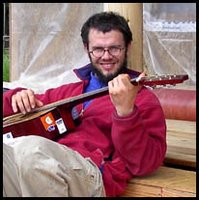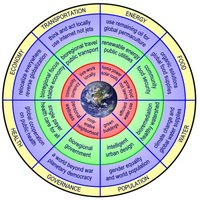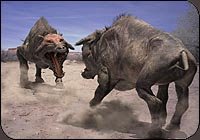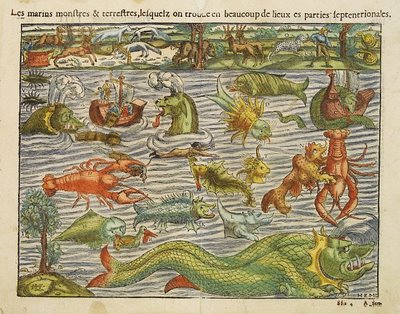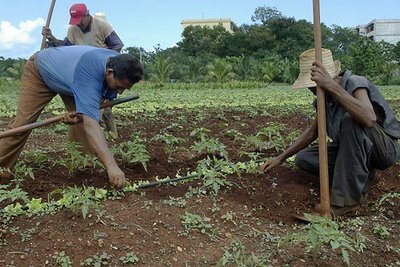A brief set of common beliefs for inquiry, including for inquiry circles.
Life
Life is too ... hard, painful, difficult
Life should be easier
Life should make it easier for me to ... be myself, heal, enjoy myself
Life should support me more
Life should serve me better
God
God should take care of me
God should serve me better
God should make it easier for me
I am not connected with God
I should be more connected with God
The world
The world is ... a dangerous place, hostile
The world should ... make my life easier, serve me better
There is no room for me in the world
I am afraid of the world
My body
My body should be ... different, healthier, thinner, fit, serve me better
My brain should ... remember better, function better, serve me better
My body represents me to the world
If I ... eat differently, excersise, visualize better, my body would be healthier
If only
If only ... I would be ... happy, at peace, OK, content
I need to be loved
I need to be ... loved, liked, respected, approved of
I need ... my parents, spouse, children, friends, co-workers to love me
If I am not loved, something terrible will happen
People don't love me
Nobody ... loves, likes me
People don't love me
It is possible for people to not love me
It is possible to be unlovable
I am unlovable
People won't love me if...
People won't ... love, like, respect, approve of me if ... they knew all about me, they knew me as I really am, they knew me as I do, I am fully myself, I disagree with them, I don't live up to their expectations, I am better/worse than they are
I need to be a certain way for people to love me
Safety
I need to be safe
I need to do everything right to be safe
It is possible to not be safe
Attacked or ignored
People will attack me (if...)
People are waiting for a reason to attack me
People will attack me for no good reason
People will attack me for what I say
People will attack me and I won't know why
People will attack or ignore me if I speak and choose freely
People shouldn't attack me
IntegrityPeople
shouldn't lie
I need to live according to what I know is right, my own integrity
I need to live from integrity, authenticity
HopelessnessI can't get what I want
Nothing can help me
There is no point
I can't go on
I can't go on with/without ...
I can't deal with ... life, my life, this situation
I am a victim (of circumstances, life)
Inquiry won't work for me
I am differentI am/my problems are different
Worse/better thanOthers are better/worse than I am at...
I am not good at ...
I need to be better at ...
Miss outI missed out
I am behind schedule in my life (I should be further along)
It is possible to miss out
AloneI am alone
It is possible to be alone
I need ... in my life (in need a partner, I need
her as a partner, I need more friends, I need better friends)
I can't be happy without her/him
My parentsMy parents should have done a better job
My parents were not up to the task
My parents don't love me
My parents don't accept me for who I am
My childrenI should have raised my children differently
My children should appreciate me (for what I did for them)
My children's life should be different
My children should make different
choices in their lives
My child shouldn't have problems (be sick, have died)
Getting itI don't get it
I need to ... get it, to know, understand, realize
It is possible for me to get it
It is possible for me to not get it
Something terribleSomething terrible will happen
Something terrible will happen if... I lose my job, I get sick, I die, she dies, I don't get it right
Something terrible can happen to me
Something is wrongSomething is wrong
Something is wrong with ... me, life, the world, others, democrats, republicans, God
Right and wrongI am right
It is possible to be right
I never do it right
I know what is right
It is possible to know what is right
Good and bad/evilI am never good enough
There shouldn't be evil in the world
I am neededI am needed in the world
The world ... is better with, needs me in it
People need to hear what I have to say
The world ... needs me, my insights, my love (life, my family, my parents, partner, children, friends, community, work)
I amI am ... (any label related to politics, ethnicity, age, gender, etc.)
I am a body
I am a human being
I am
I
Too muchLife is too much for me (to handle)
The world is too much for me
My problems are too much for me
My work is too much for me
Inquiry is too much for me (there are too many statements to inquire into)
I don't likeI ... don't like, can't stand, can't live with can't be around ... inconsiderate, rude, racist people
I don't like ... this weather, rain, cold, snow, windy, storm, thunder
I don't like him/her
I don't like people who are ... noisy, rude, crude, bigots, racists, belong to that political party
Knowing what to doI don't know what to do
I need to know what to do
If I don't make the right choice, something terrible will happen
It is possible to know what to do
There is a right choice
TruthIt is possible to know truth
It is possible to know anything for certain
I need to know what is true
TrappedI am trapped
There is no way out
I am stuck
I don't see my way out
I need to get out of this
Don't have anything to shareI don't have ... anything, any gifts to share
People won't be interested in what I have to offer
People won't listen to ... me, what I have to say
Other people have more interesting things to talk about
What I have to say is obvious and not important
Everybody already knows it
SuccessI need success
I am not worthy of success
I won't be successful
It is possible to be successful (not successful)
BelongingI need to ... belong, find my place
Life should make it easier for me to ... belong, find my place
I don't belong ... in the world, in life, in this society, in this culture
There is no room for me in the world
Self-worthI am not worth anything
I am inferior/superior
I am only a piece of dirt
I only take up space
I'll never amount to anything
I'll never succeed
I am never good enough
TimeI don't have time
I will never get it all done
There is not enough time
People should be on time
I need to be on time
MoneyI don't have enough
I don't have enough money (I need more money)
I am not able to make money (enough money)
I can't handle money
People with money are ... hoarders, corrupt, have sold out
People without money are ... losers, outsiders
If I lose my money, something terrible will happen
I need to know how to invest my money
I need money to be respected (I need to be respected)
I need money to live a good life
I need money to get what I want out of life
AgeI am too old/young
I shouldn't have to age
There is nothing good about aging
Old people are ... not respected, outcasts, victims, at the mercy of others
Old people ... get sick, lose their mind, lose control of their body and mind
Old ... bodies, minds fall apart
Sickness and deathMy body shouldn't be sick
My body can be sick
She, him, they, I shouldn't ... die, have to die, have died
... shouldn't have died ... so early, in that way, in pain, from disease
I, she, him, they are going to die
I don't want to die
Death is ... terrifying,
unjust, cruel
I, she, he, they, humans, Earth, life needs to survive
ChangeThey need to ... change, do things differently
... the world, life, my life should be different
... they, she, he, I ... should be, need to be different
... the world, life, my life shouldn't change
I can't handle .... change, more change, unpredictable change
I won't be able to adapt to change
I don't want to live in a changed world
Overwhelmed... overwhelms me (life, the world, my work, my family, my illness, my problems)
... shouldn't overwhelm me
PoliticsThe world should be without ... war, injustice, poverty, suffering, racism, abuse of power
People should be more ... engaged, informed, aware
People shouldn't be deceived by ... politicians, media, corporations
EcologyPeople shouldn't destroying the Earth
It is possible to
destroy the Earth
I need to save the planet
Any of these may be good to explore. Maybe especially those that seem
too true for inquiry...!
It is obviously true, so why even inquire into them? Or the ones where something cringes in me... I believe that one, and am not sure I want to explore it. I certainly notice one or both of those come up for some of these statements.
Labels: inquiry






